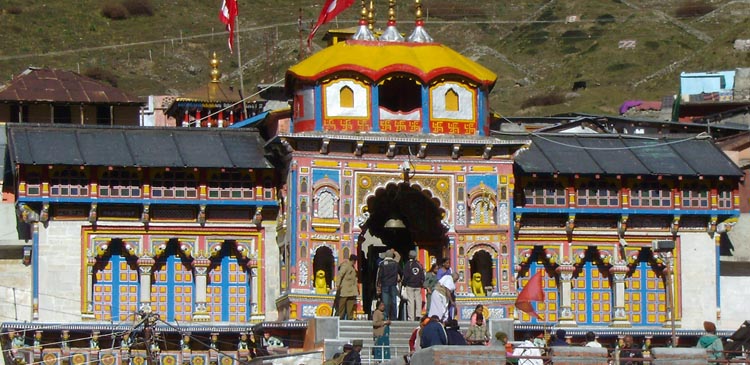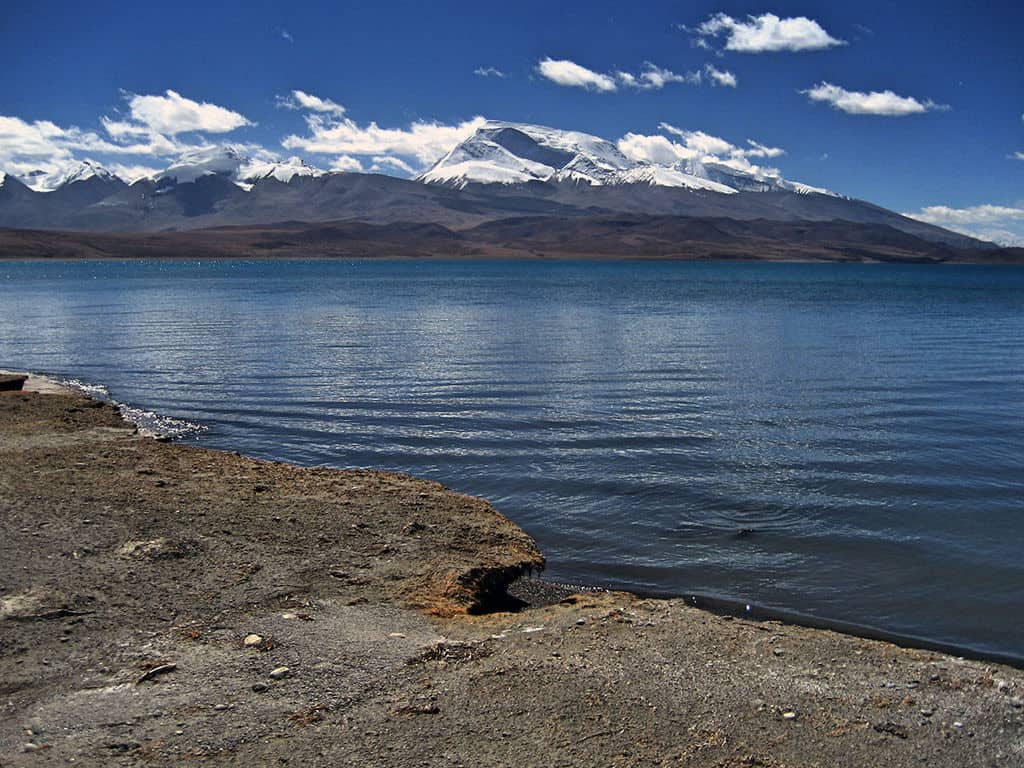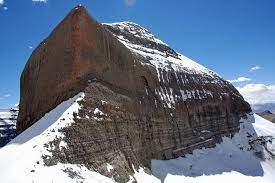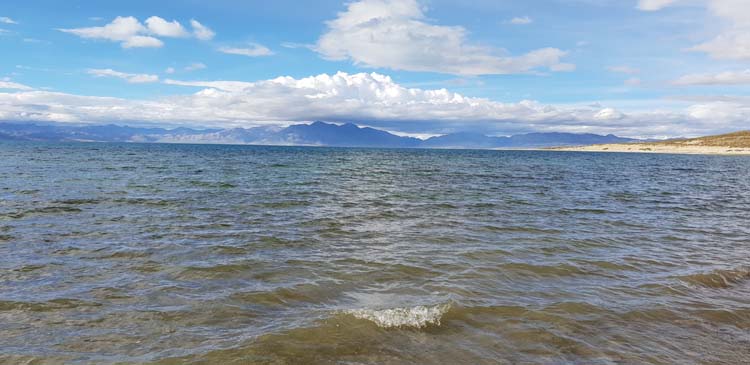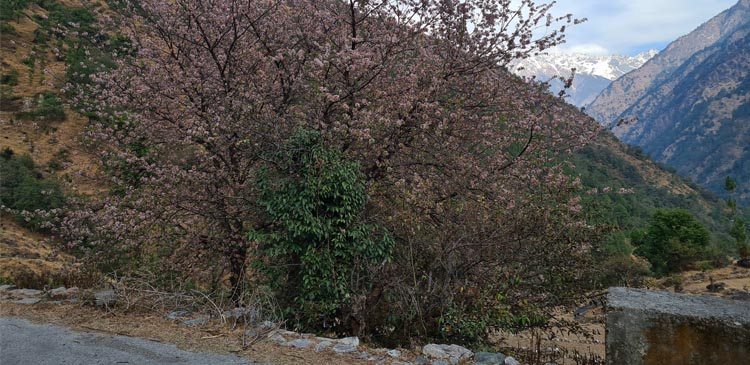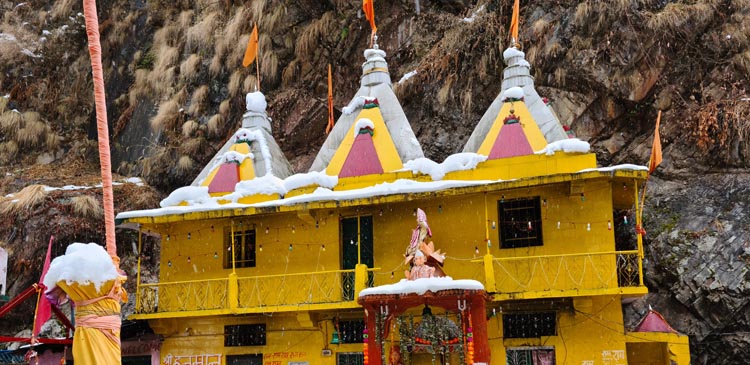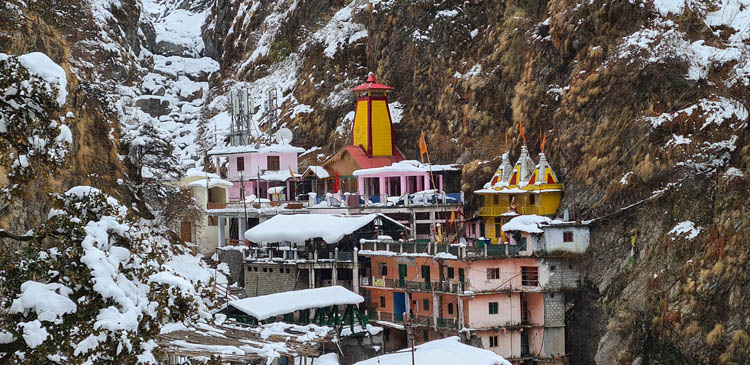Hinduism is the oldest religion in the world. Rooted in Vedic philosophy, Hinduism is also famous for many beautiful temples that enthrall. Spread far and wide in the Indian subcontinent, the Hindu temples hold high spiritual value and are architectural marvels. One such gem is the Badrinath Temple, also known as Badrinarayan Temple, located in Badrinath town in the Chamoli region of Uttarakhand. The temple is dedicated to Lord Vishnu. It is also among 108 Divya Desams and even one of the Char Dham (the divine four).
Badrinath Temple – The location
Badrinath temple nestled in the Himalayan region called Garhwal hills; the temple is located by the banks of river Alakananda River and between Nar and Narayana mountain peaks. The temple dates back several centuries. Located at an elevation of 3, 133m above sea level, it is one of India’s most visited religious shrines. Not only people from India but travelers from abroad in theological missions come here. Owing to harsh climate conditions, the temple remains open only for six months. May to October.
The Deity – Lord Vishnu
Some fascinating facts about the idol here are as follows.
- The black granite idol of Lord Vishnu is placed inside the ‘Garbha Griha’ of the temple. The idol is 1 ft high and is in the form of Badrinarayan. The idol is of immense importance as it is believed to be of Lord Vishnu’s eight self-manifested deities.
- The Shaligram or the black stone deity of Lord Vishnu is seen holding Shankha (conch), and a Chakra (wheel), in two of his lifted arms.
- The idol here is placed in the Yogamudra or Padmasana posture. There are fifteen other idols in the temple that includes one of Goddess Laxmi, the consort of Lord Vishnu, and Kubera, the lord of wealth.
- Believed to be found in the river Alaknanda by Adi Shankaracharya, the deity was later shifted to the temple on its construction by the King of Garhwal.
The temple has also been mentioned in religious texts like Vishnu Puranas, dating back to the Vedic age. This validates the fact that Badrinath has been a revered religious place since time immemorial.
Mata Murti ka Mela
The Mata Murti ka Mela is one of the most famous festivals celebrated at Badrinath Temple. According to Hindu mythology, the festival is celebrated to commemorate the descent of Goddess Ganga on earth.
Every year the festival is celebrated by great zest in September. Thousands of devotees come here to take part in pujas and the festival. A large fair is organized in the temple area. The locals and devotees take part equally in the festivities.
Janmashtami or the birth anniversary of Lord Krishna is also celebrated at Badrinath. The festival is celebrated with much fanfare and devotion.
Tapt Kund – The hot spring
No visit to the Badrinath is complete without a dip at any one of the hot springs just below the temple. Named as the Narad Kund and the Suraj Kund, hot springs are no less than a geographical wonder. As if the Lord himself arranged his devotees to wash the sins away and step inside his court free and pure. These are hot Sulphur springs that maintain a 55 degree Celsius temperature where the general temperature is below 17 degrees Celsius. The temperature slips to the sub-zero mark during the winter months. Throughout the Char Dham Yatra, devotees are treated with many such natural wonders.
History of Badrinath Temple
There is no recorded history of the Badrinath Temple; some evidence shows that the temple has been mentioned in the Vedic scriptures, which was later transformed into a temple by Adi Shankaracharya in the ninth century. He used to live here for a few years. He is also known to have found the deity of Lord Vishnu in the deep waters of the river Alakananda. The King of Garhwal later renovated the temple after being badly hit by an avalanche in the 17th century. But irrespective of the historical accounts, the temple holds an indelible place amongst Hindu devotees.
Visit Badrinath – The devotee’s guide
Chardham Yatra is truly fascinating. The sheer devotion, the will to have a darshan of the Lord, the variety of pilgrims, the valleys, the roads, and nature, everything is so vibrant that the entire atmosphere is wrapped in an aura of divine presence. Nothing beats the indomitable spirit of devotes. If you are planning to visit Badrinath alone or as a part of Chardham Yatra Uttarakhand, you must plan it well. Chardham Tour packages may be tailor-made to suit the individual preferences of the pilgrims.
Travel Badrinath from Delhi/ Dehrdaun/ Haridwar
From where ever you are coming to Badrinath, you must come to Haridwar or Dehradun, by train, bus, or flight. From here you can take a bus, jeep, or car to Badrinath. The temple is accessible by road, and the pilgrims need not trek to the temple, unlike other dhams like Kedarnath and Yamunotri. The other Dhams / shrines that are accessible by road is Gangotri.
The buses from Haridwar to Badrinath Dham experience a lot of rush, you can book a ticket in advance or plan for a day’s stay at Haridwar and get the tickets for the next day. The next alternative is to hire a car. The approximate car rates are given below.
SUV, Xylo / Ertiga / Innova INR. 16, 000.
Sedan, Indigo / Swift Dezire INR. 13, 500.
Alternately, pilgrims can also go by shared jeep. There are varied care rental services, in Haridwar and Dehradun, they provide professional car services and very polite and efficient drivers. If you do not want any hassle, you can also choose from any of the Chardham Yatra Package.
The road condition is very good, and it is an overall pleasing journey. On the way, there are some other splendid places like Devprayag,
Rudraprayag, Vishnuprayag, and Nandaprayag. Each of these places has religious significance and splendid natural beauty. You can take short breaks here to enhance your spiritual experience.
So, people can be diverse, but devotion and longing for blessings from Lord Vishnu unite them all Badrinath.
